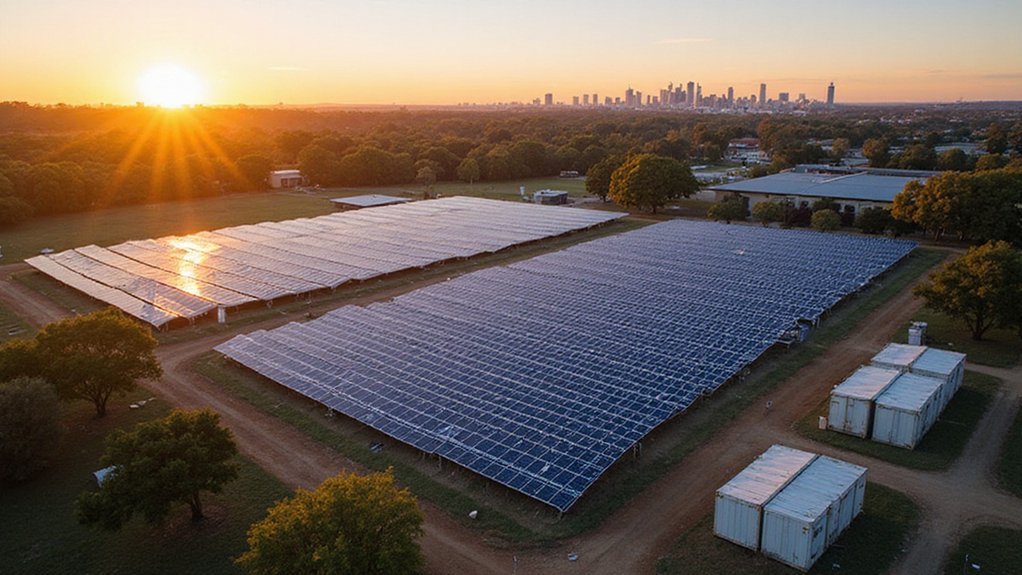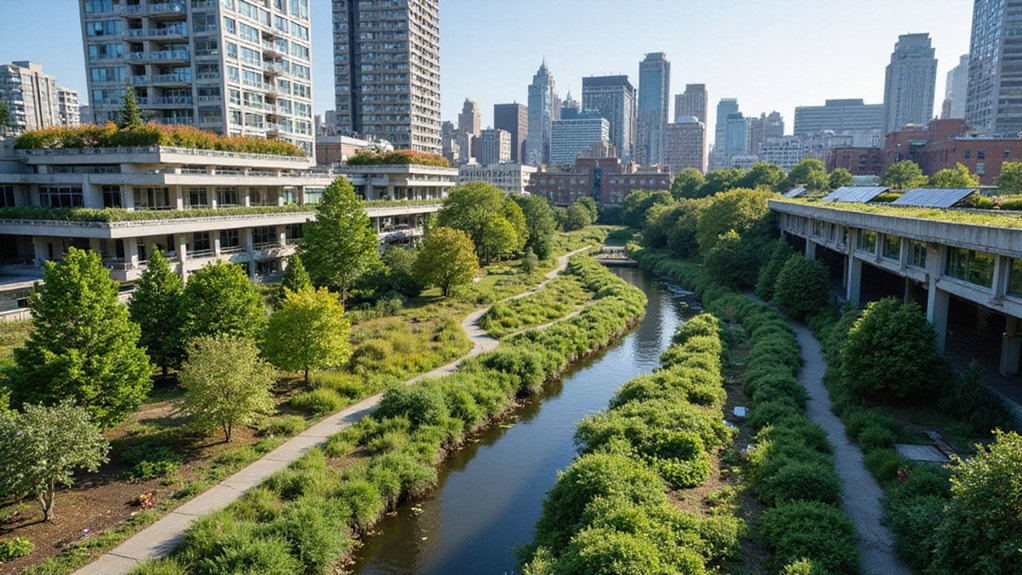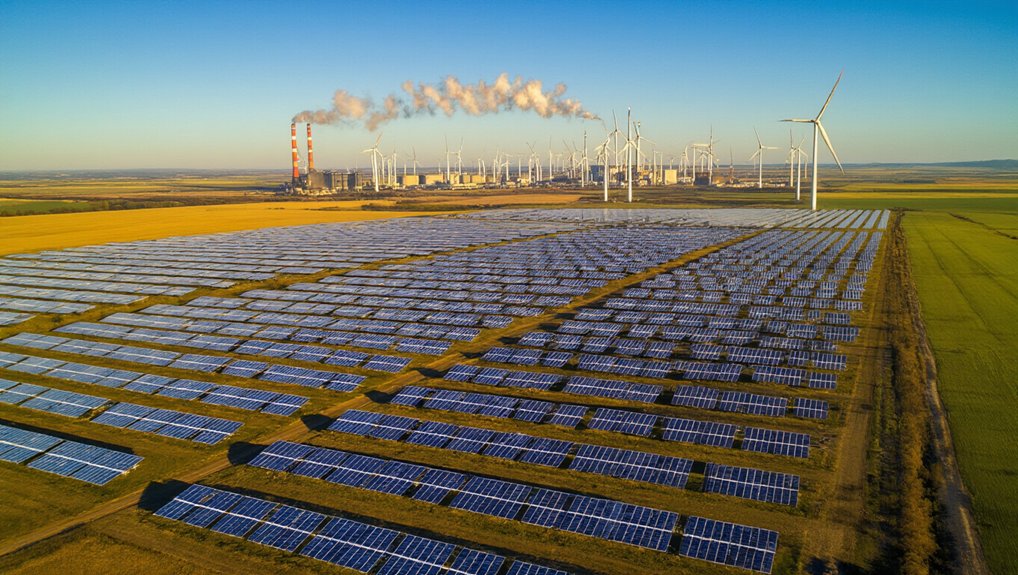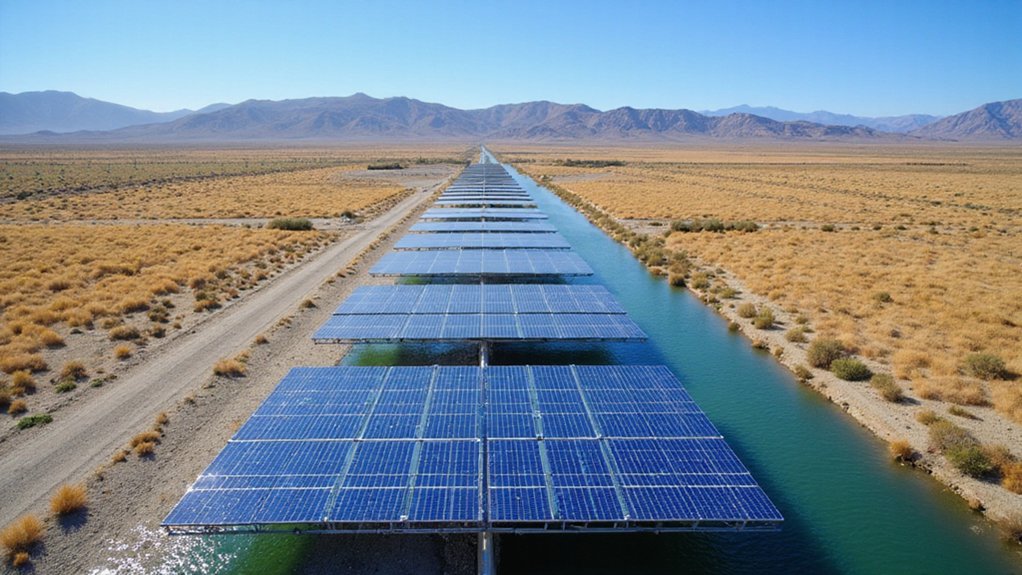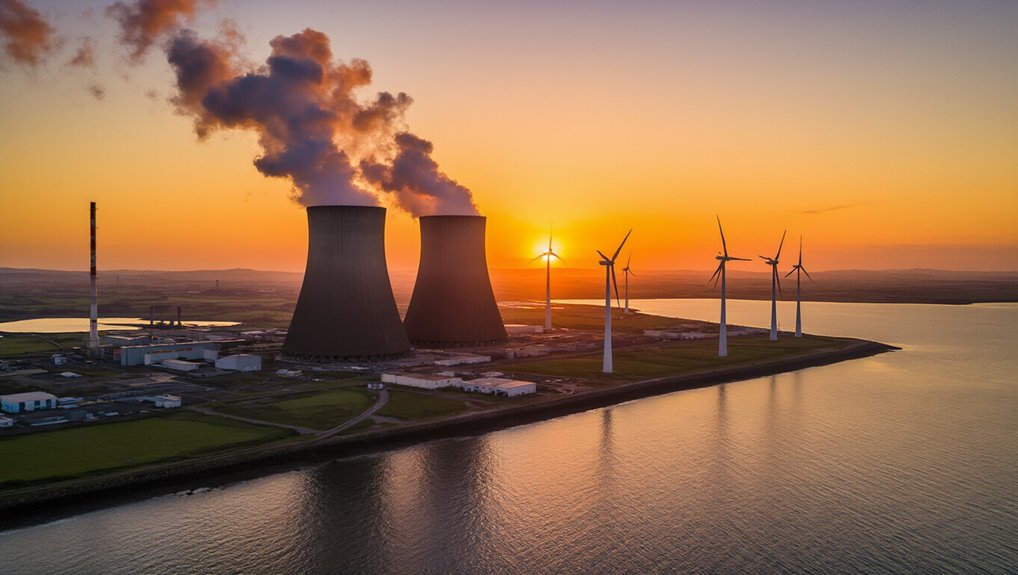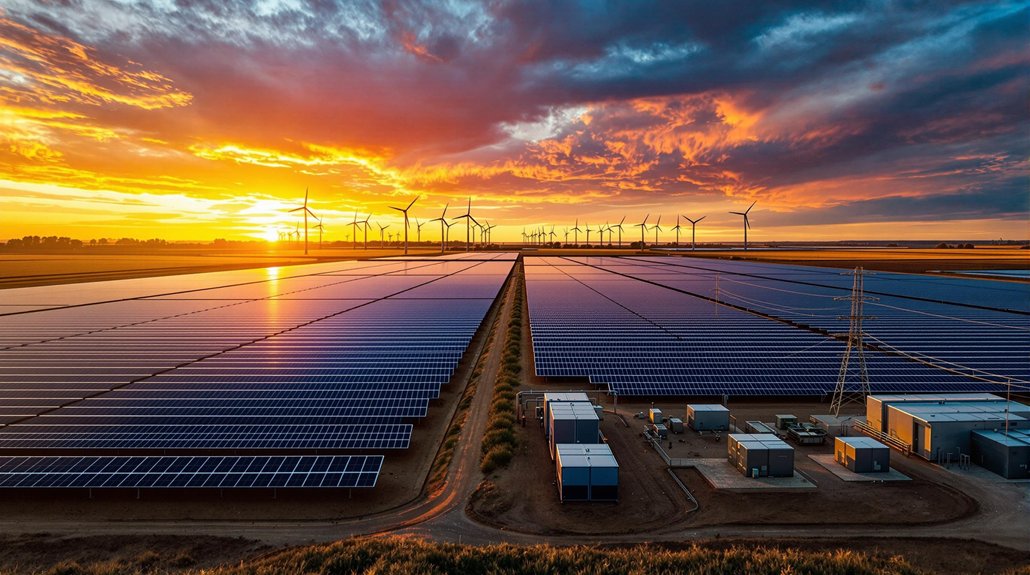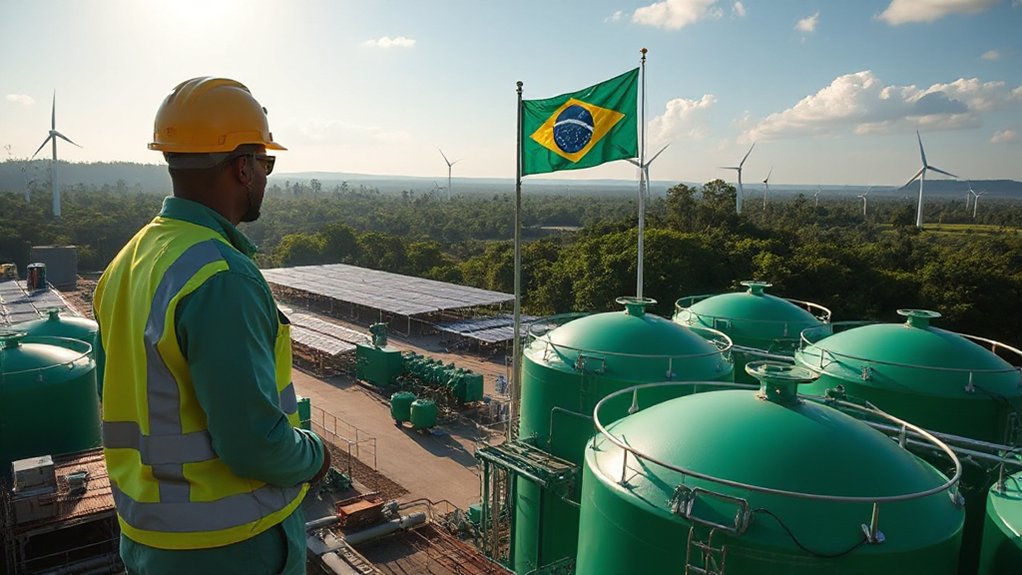La Trobe University’s solar farm in Melbourne now supplies 98% of the campus’s energy needs. The $10 million facility spans 3.5 hectares with over 4,300 panels and includes a 2.5 MWh battery storage system. It’s expected to reduce carbon emissions by 15%, supporting the university’s goal of carbon neutrality by 2029. This project represents a growing trend of Australian universities investing in renewable energy to achieve sustainability targets.
A groundbreaking solar farm has just been switched on at La Trobe University‘s Melbourne campus, marking a major leap toward energy independence for the institution. Located 18 kilometers northeast of Melbourne’s CBD, this massive project spans 3.5 hectares with over 4,300 solar panels covering 11,250 square meters of generating area.
The $10 million AUD investment (about $6.38 million USD) features a 2.9 MW solar array paired with a 2.5 MWh battery storage system. This combination allows the university to capture solar energy during peak production times and use it when the sun isn’t shining. The new installation brings La Trobe’s total solar generation to 5.8 MW.
This urban solar farm is Victoria’s largest and will supply an impressive 98% of the university’s energy demand. It produces power equivalent to 600 household solar systems. The farm generates enough electricity to keep Melbourne Cricket Ground light towers illuminated for 11 straight years.
The environmental impact is significant. This project will cut the university’s energy emissions by another 15%, bringing total emissions reduction to more than 65% (35,000 tonnes) since 2019. It’s a vital step in La Trobe’s plan to achieve carbon neutrality by 2029.
The battery energy storage system enhances grid stability and provides reliable power supply to the campus. This technology integration represents a modern approach to renewable energy beyond just installing solar panels. Victoria University is similarly focused on sustainable design features in its campus infrastructure development.
La Trobe isn’t alone in this green energy push. Australian universities are increasingly investing in solar installations. Victoria University plans to cover over 9,000 square meters of rooftop space with solar panels, while another university is developing an 18-megawatt solar farm. The project is expected to significantly contribute to revenue generation by selling excess energy back to the grid.
The La Trobe solar farm is expected to deliver emissions and cost savings for 25 years. With the 90% price drop since 2009, solar energy has become an economically viable solution for large institutions like universities. This project demonstrates how urban land can be efficiently used for renewable energy while supporting sustainability goals in higher education.
References
- https://www.vu.edu.au/about-vu/news-events/news/solar-power-helps-make-vu-more-energy-efficient
- https://acuoptimist.com/2025/04/university-expands-renewable-energy-efforts-with-new-solar-panel-array/
- https://www.pv-magazine-australia.com/2024/09/11/huge-450-mw-solar-farm-1-8-gwh-battery-approved-for-victoria-coal-hub/
- https://19january2017snapshot.epa.gov/greenpower/green-power-partnership-top-30-college-university
- https://www.pv-magazine-australia.com/2025/05/02/victorian-urban-solar-farm-to-supply-98-of-universitys-energy-demand/
